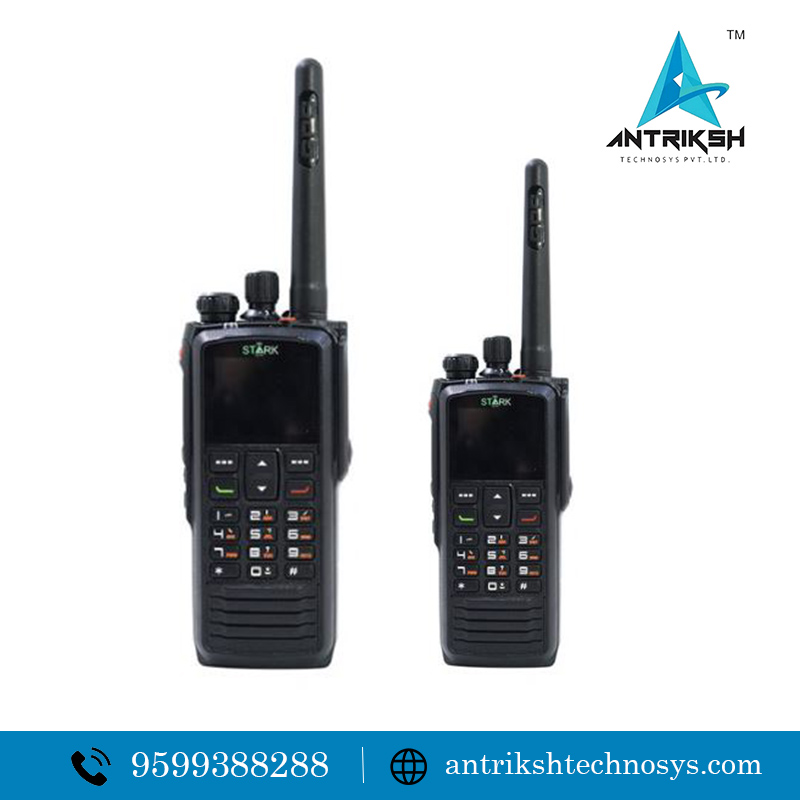Although the term “walkie talkie” refers to a handheld transceiver, it can also refer to a portable, two-way radio transreceiver. Donald Hings, radio engineer Alfred J. Gross, Henryk Magnuski, and engineering teams at Motorola have all been given different credit for its development during World War II. Similar designs were initially developed for infantry, field artillery, and tank groups. Following the war, walkie-talkies expanded to public safety, and later to commercial and construction sites.
Common walkie-talkies are similar to telephone handsets in that they have an antenna positioned on the top of the device, a speaker built into one end, and a microphone in the other (with certain versions, the speaker also serves as the microphone). They are late for their face-to-face conversation.
A half-duplex communication device could alternatively be a walkie-talkie. One radio channel is used by several walkie-talkies, and while any number of radios can listen, only one radio on the channel can communicate at a time. When the user wishes to speak, they must press a “push-to-talk” (PTT) button, which switches off the receiver and turns on the transmitter. Normally, the transceiver is in receive mode. Young children also find smaller versions of this item to be highly stylish.















